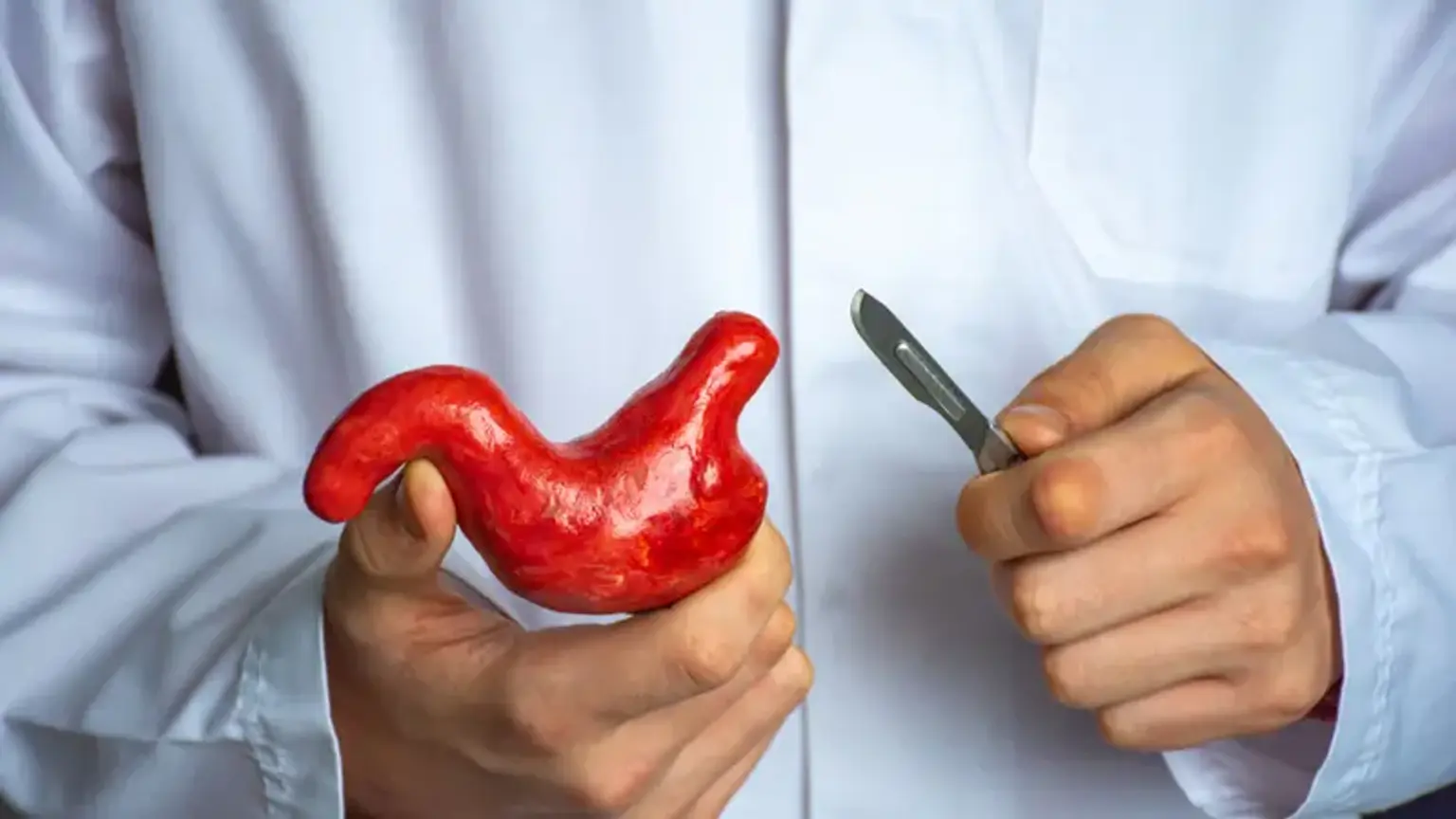Total Gastric Resection
For many benign and malignant stomach conditions, gastric resection represents the recommended surgical treatment choice. Stomach cancer is the world's fifth most prevalent cancer, with gastric resection or total gastrectomy remaining the primary treatment option for long-term survival and cure. A subtotal gastrectomy removes 75-80% of the distal stomach, whereas a total gastrectomy removes the whole stomach, including the pylorus.
Despite a continuous drop in the incidence and mortality of gastric carcinoma over the previous century, the absolute number of cases continues to rise each year as the population becomes older. Early detection of stomach cancer is extremely rare, and nodal metastases are common. Because lymphatic dissemination is the most important prognostic marker in gastric cancer, proper lymphadenectomy is necessary for both curative and staging resection.
Stomach cancers are classified as either intestinal or diffuse. Helicobacter pylori infection, which can lead to atrophic gastritis and intestinal metaplasia, is the most common underlying cause of intestinal-type cancer. Marked fibrosis and early penetration into the submucosa indicate diffuse-type cancer. Genetics (CDH1 gene), H. pylori infection, stomach ulcers, gastroesophageal reflux disease (GERD), cigarette or alcohol use, nutrition, and chemical exposure are all risk factors for gastric cancer.
